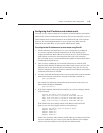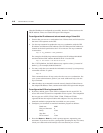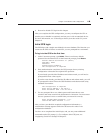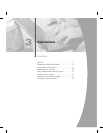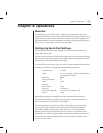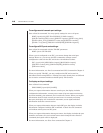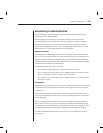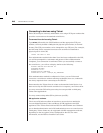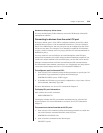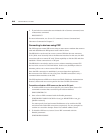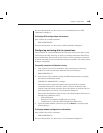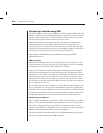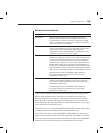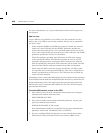
Chapter 3: Operations 19
Connecting to Serial Devices
The CPS offers several methods for connecting to attached serial devices:
Telnet, serial CLI, PPP and SSH.
If a user attempts to connect to a port that is already in use, and if the
user attempting to connect has an access level equal to or higher than the
currently-connected user, the connecting user will be prompted with the
choice of preempting the current user or dropping the connection. For more
information, see Access rights and levels in this chapter.
Session time-out
The CPS monitors data traffic when you are connected to an attached serial
device. You may specify a time-out value with the Server CLI command. You
may also specify a time-out value for each port with the Port Set command.
When no data is received from the connected user for the configured number
of minutes, the connection is terminated.
The following time-out values are used:
• For a Telnet session, the Server CLI time-out value is used.
• For a serial port session, if the port’s confi gured time-out value is Ø, the
Server CLI time-out value is used, even if it is also Ø.
• For a serial port session, if the port’s confi gured time-out value is non-Ø,
that value is used.
Preemption
Depending on configured access levels, a user who is connecting to a port (the
connecting user) may disconnect another user of equal or lower access (the
current user).
If the connecting user’s access level is lower than the current user’s access
level, the connecting user will receive an In Use message and the connection
will be dropped.
If the connecting user’s access level is equal to or higher than the owning
user’s access level, an In Use by owning user message will be displayed. The
connecting user may then choose to preempt the current user’s session. If the
current user’s session is preempted, an appropriate message is displayed.
For more information about access levels, see Access rights and levels in
this chapter.



